On this day (September 17) in 1955, George Jones released “Why Baby Why.” The song, co-written by Jones and Darrell Edwards, was his first single to reach the Billboard country chart. It was also his first hit, peaking at No. 4. Several country stars have since covered the song. One of those covers came so soon after Jones’ release that it kept the original version from topping the chart.
Videos by American Songwriter
Jones began working with Pappy Daily and his Starday Records label in 1954. That year, he released four singles, and none of them reached the country chart despite their airplay on Texas-based radio stations. However, this lack of success didn’t discourage the future superstar. After another single that failed to chart in early 1955, he released “Why Baby Why” and finally broke into the wider country music world.
[RELATED: On This Day in 1955, George Jones Recorded the First Hit Single of His Legendary Career]
The next few years saw Jones scoring six more top 10 hits, including “Color of the Blues” and “Just One More.” Then, in 1959, he found his first No. 1 on the country chart with “White Lightning.” The rockabilly tune about good old-fashioned moonshine also gave him his first entry into the Hot 100, peaking at No. 73 on the all-genre chart. The next three decades saw Jones ascending to the level of country music icon.
George Jones Has His First Hit with a Country Standard
“Why Baby Why” wasn’t just a landmark hit for George Jones. It has been covered by a long list of A-list artists, including Charley Pride, Roger McGuinn (The Byrds), The Flying Burrito Brothers, and Waylon Jennings and Willie Nelson. Two covers of the song hit the country chart shortly after Jones released the original.
Red Sovine and Webb Pierce released a duet version of the song months after Jones released his original. Both versions were climbing the country chart at the same time. However, Jones was still signed to Starday, a regional Texas-based label with limited distribution. Sovine and Pierce, however, released their version through Decca. As a result, they had wider distribution and were able to reach the top of the chart. Later that year, Hank Locklin released his version of the song. It peaked at No. 9 on the country chart.
Featured Image by Jack Vartoogian/Getty Images


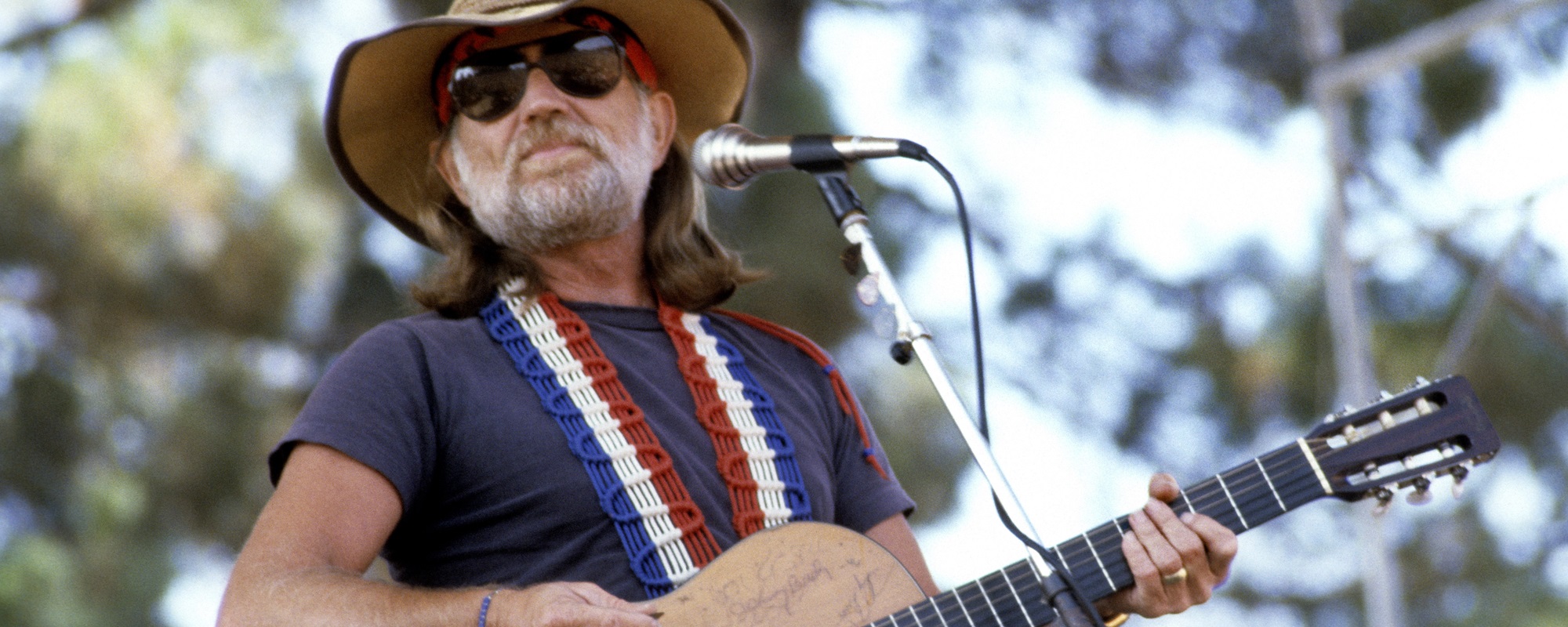
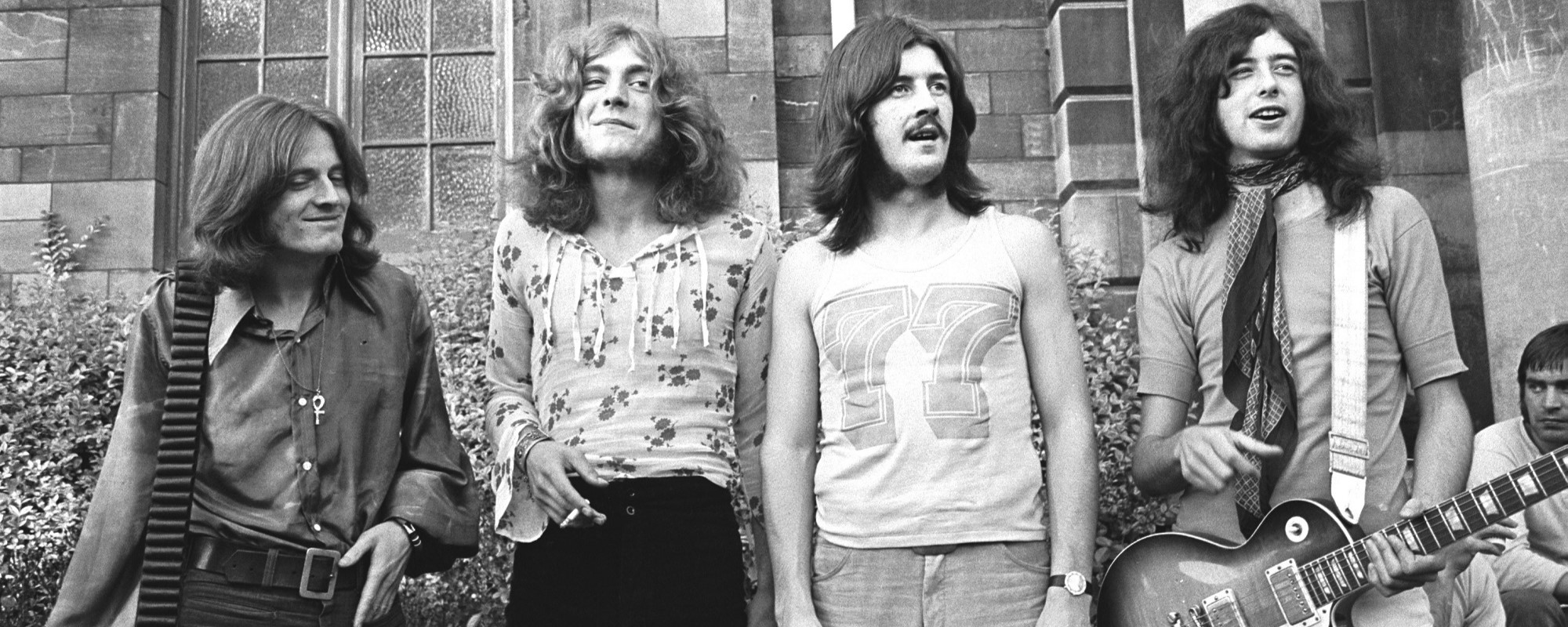
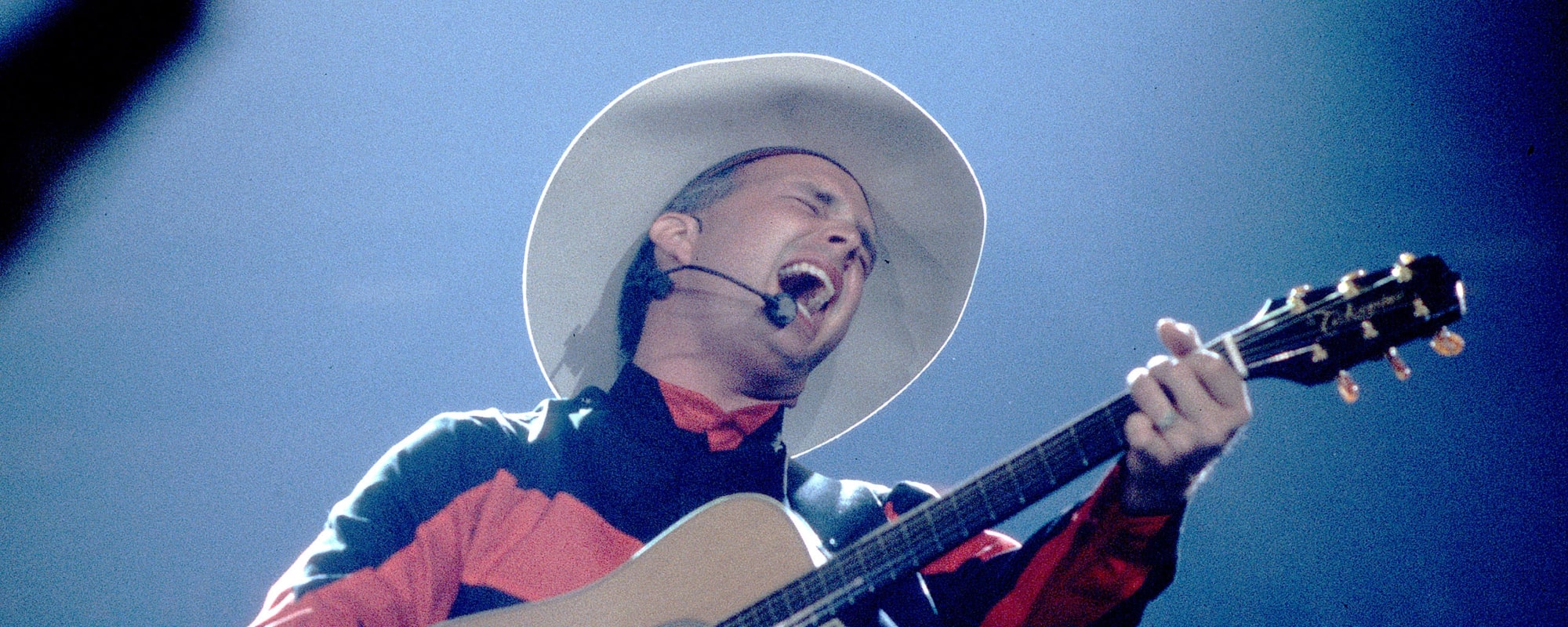

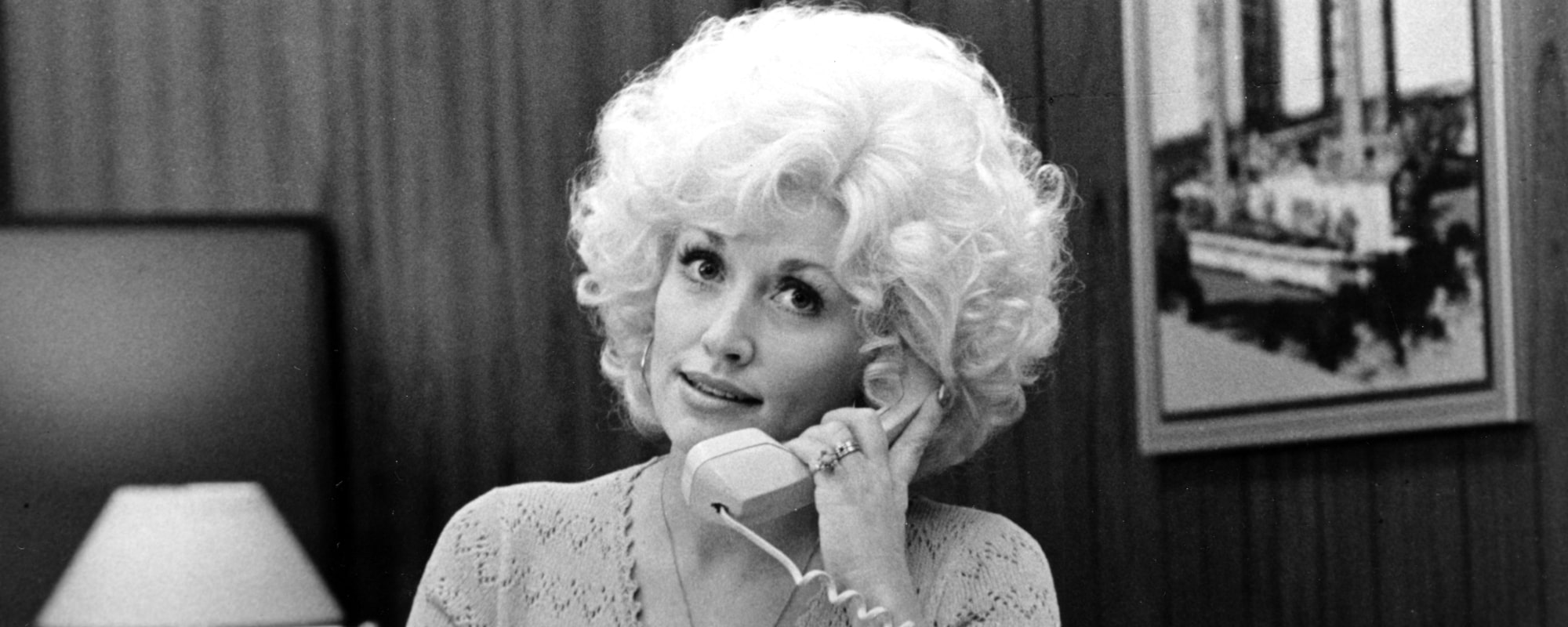
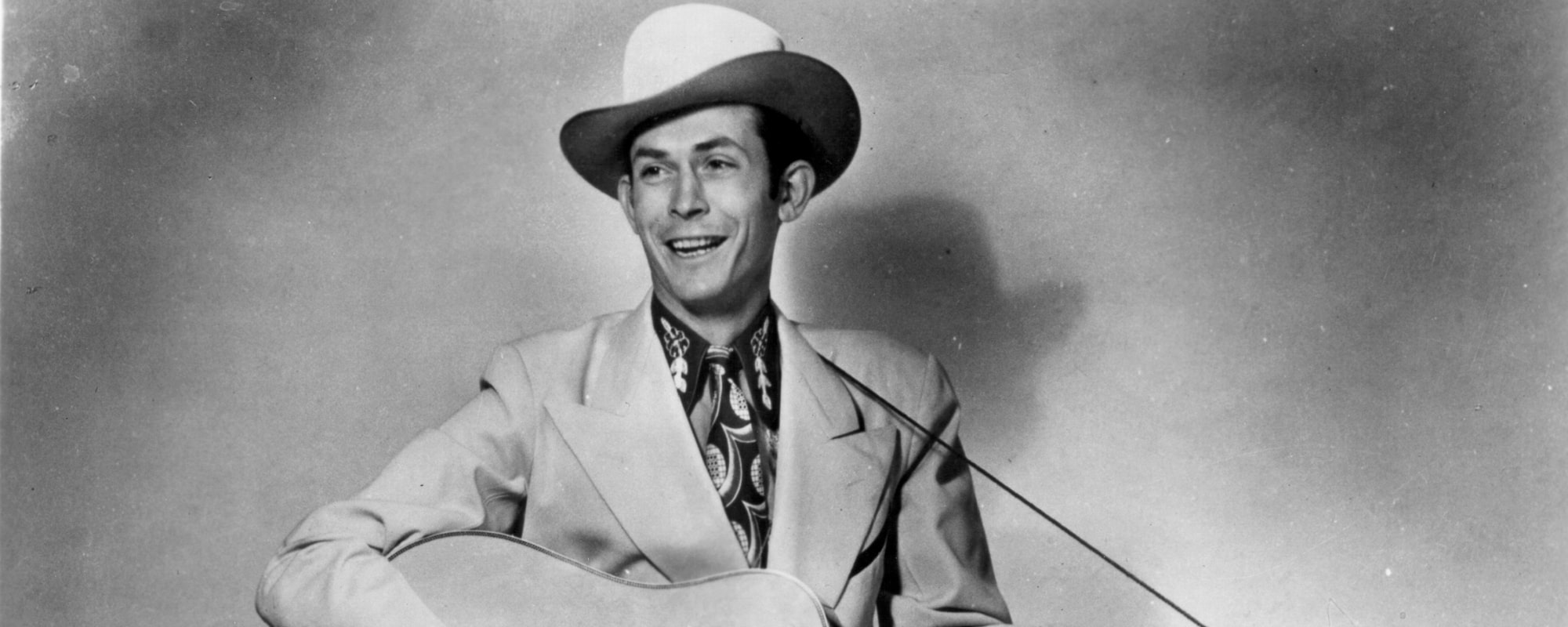
Leave a Reply
Only members can comment. Become a member. Already a member? Log in.